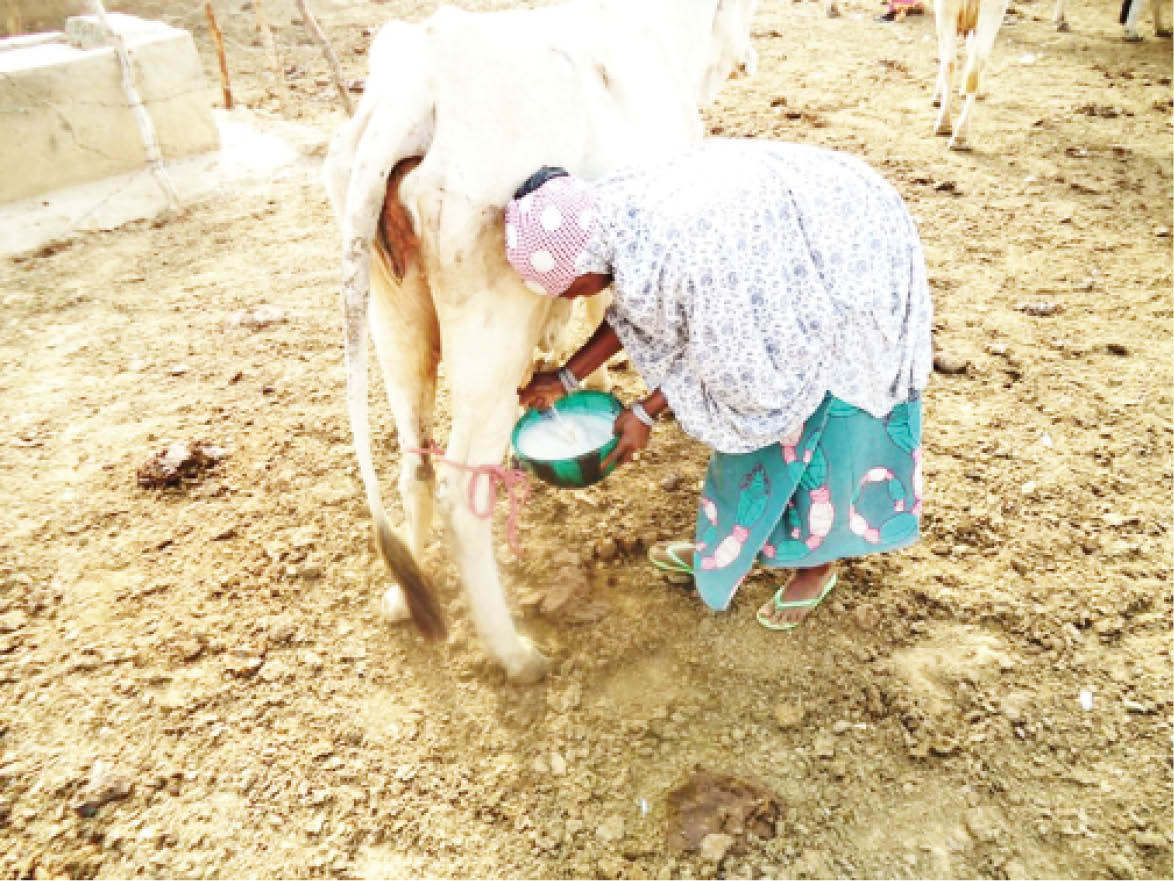Shelf life is defined as the time, under defined storage conditions, during which food remains safe, retains desired smell, chemical, physical and biological characteristics as well as complies with any label declaration.
The easiest way of extending the shelf life of most foods is through processing. But in most cases processing of livestock products is constrained by consumer preference for raw products, proximity of most consumers to the producers and the level of industrialisation, among others.
This creates a challenge to all value chain actors in this time of Covid-19 pandemic, with social distancing being one of the measures to fight it.
With closure of schools, colleges and hotels that collect bulk milk and customers who acquire fresh milk keeping off, players across the value chain must learn strategies to extend milk shelf life.
Food spoilage is detected by smell, taste, touch or sight.
These changes can be due to a number of reasons, including microbial growth, air and oxygen, moisture, light, and temperature.
Processing foods prevents spoilage and preserves taste, but processed foods also have a specific and defined shelf life. Foods that have exceeded their shelf life might not be dangerous, but they lack taste, nutrients or both or exhibit an unnatural texture.
While processing all milk produced in the country for a long stay might not be feasible during the Covid-19 period, there are good practices that can enhance the shelf life along the value chain from producers to consumers, more so where chilling facilities are not available.
Producers (farmers)
Milk handling determines if one will make profit or loss. The good news is that even in times of stay at home, people will still consume milk or foods that have milk.
Bacterial contamination is one of the causes of milk spoilage. However, milk from a healthy udder of a cow contains only a few bacteria.
To minimise milk spoilage, therefore, clean milk production is essential. This is achieved by having a clean animal shed, milking parlour, milk equipment, udder and milker.
Bacterial contamination is also reduced by dipping the teats of a cow in an approved sanitiser after milking. Passing jets of milk from a teat through a cup covered with approved mesh or piece of cloth assists in detecting abnormalities and application of prompt treatment.
Submission of milk with any abnormalities to the nearest veterinary investigation laboratory for identification of the offending micro-organism and the suitable medication, coupled with isolation and prompt treatment of the sick animal will lower bacterial load in milk.

You are encouraged to desist from using chemicals such as hydrogen peroxide, formalin and others that have previously been illegally used to kill micro-organisms in milk for purposes of extending shelf life as these chemicals are harmful to human beings.
High temperatures also lead to milk spoilage as micro-organisms thrive better under warm temperatures. Further, milk constituents like fats undergo spoilage (rancidity) under favourable temperature, moisture, light and air (oxygen) levels.
Milk should, therefore, be kept in a cool environment and the containers should be tightly closed to minimise the amount of air and light.
Use a sieve or clean piece of cloth to remove dirt including some micro-organism immediately after milking.
Transporters
Avoid high temperatures by transporting milk early in the morning or in late afternoons. Avoid constant opening of milk containers while on transit to minimise contamination.
Marketers
Milk should be pasteurized (heated at high temperatures over short period) then cooled in closed containers to avoid contamination.
Milk storage, scooping tools and other dispensing utensils should be kept clean. Handlers should observe hygiene and wear appropriate protective equipment.
Consumers
Boiling and storing milk in a cool environment will keep it longer where a fridge is not available. Boiling and leaving it at room temperature will lead to fermented milk after a day or two and the product can be used for porridge-making, a refreshing drink.
Dogs too love fermented milk, calves can also utilise fermented milk. Authorities that are currently regulating movement are encouraged to allow fast transit of milk as a mitigation measure in case of complete lockdown.
Policy makers can legislate on temporary use of the lactoperoxidase system of chemical milk preservation, which safely conserves raw milk for a longer period. (Lactoperoxidase is a natural enzyme found in milk of most mammals as well as other body fluids such as tears and saliva).
(Culled from Daily Nation of Kenya)

 Join Daily Trust WhatsApp Community For Quick Access To News and Happenings Around You.
Join Daily Trust WhatsApp Community For Quick Access To News and Happenings Around You.


